
Getting Started With the Neo4j GraphRAG Python Package
Jul 17, 2024 5 mins read
The Neo4j GenAI Package for Python equips you with the tools to efficiently manage retrieval and generation processes in a RAG setup. Read more →

The Neo4j GenAI Package for Python equips you with the tools to efficiently manage retrieval and generation processes in a RAG setup. Read more →

Learn how to use unstructured.io for PDF document parsing, extracting, and ingestion into the Neo4j graph database for GenAI applications. Read more →

Chemical reactions are represented visually as a graph. Let's explore them in the Neo4j Graph Database. Read more →

We’re pleased to announce the launch of a new Cypher co-pilot available in Neo4j Aura to all Workspace users. Read more →
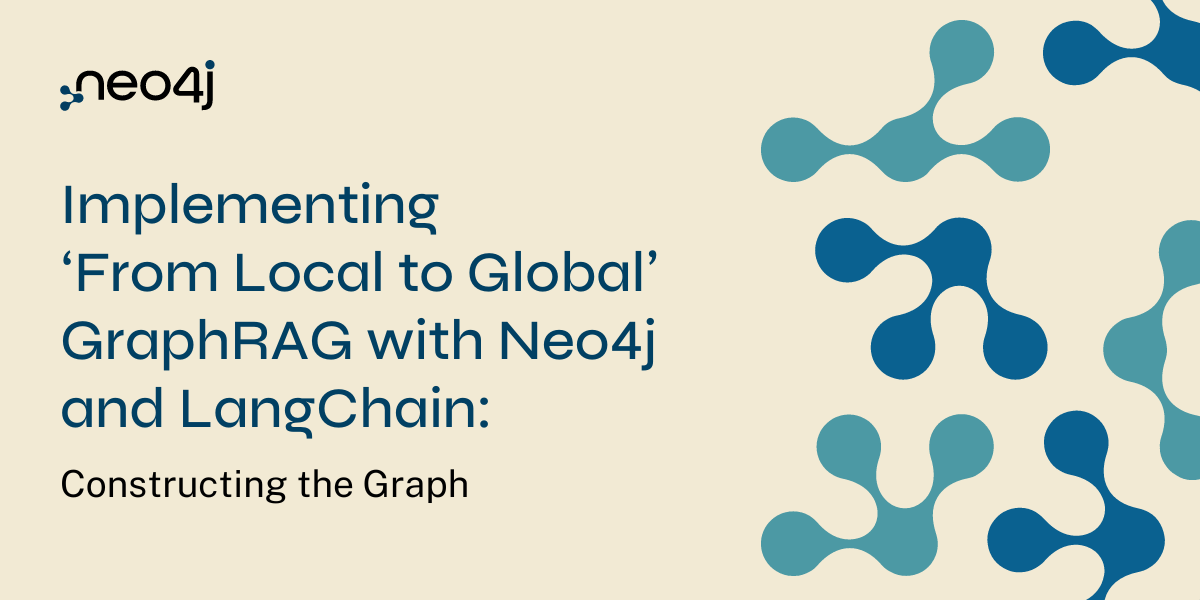
Learn how to combine text extraction, network analysis, and LLM prompting and summarization for improved RAG accuracy. Read more →
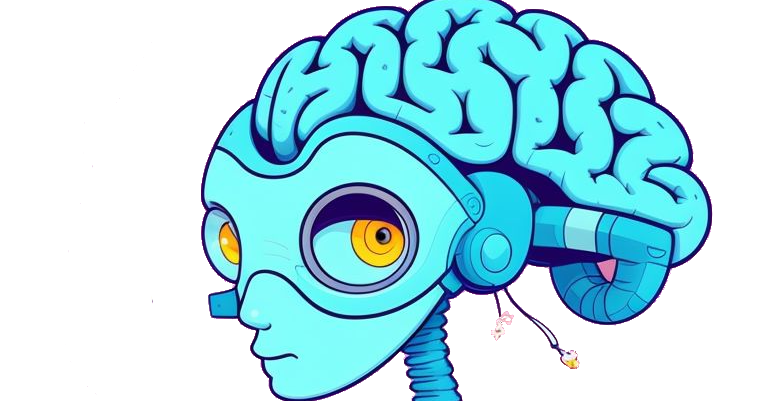
Learn how to build a GraphRAG application almost entirely in Cypher, using knowledge graphs and vector search in Neo4j. Read more →
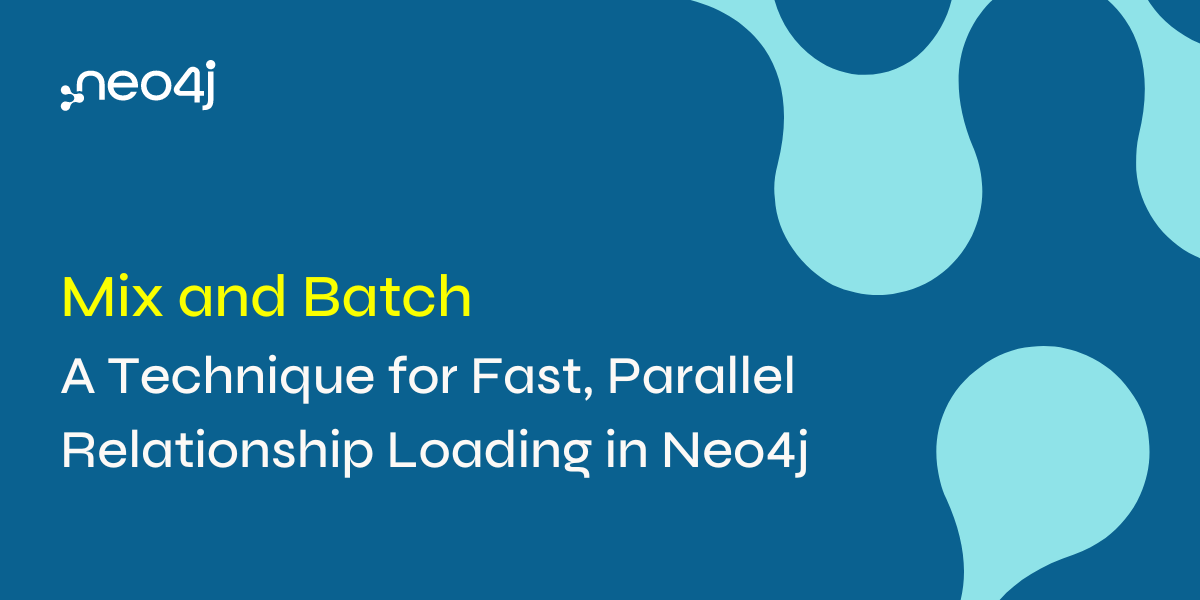
Learn the mix and batch technique to parallelize your relationship loading in Neo4j two to three times faster. Read more →

Learn how to transfer your MongoDB data and object model to Neo4j and how to use SemSpect to gain insights into your business data. Read more →

Learn how to perform entity deduplication and custom retrieval methods using LlamaIndex to increase GraphRAG accuracy. Read more →

From SQL to GQL, the new graph query language standard and a pivotal development for advancing data analytics in the era of GenAI and beyond. Read more →
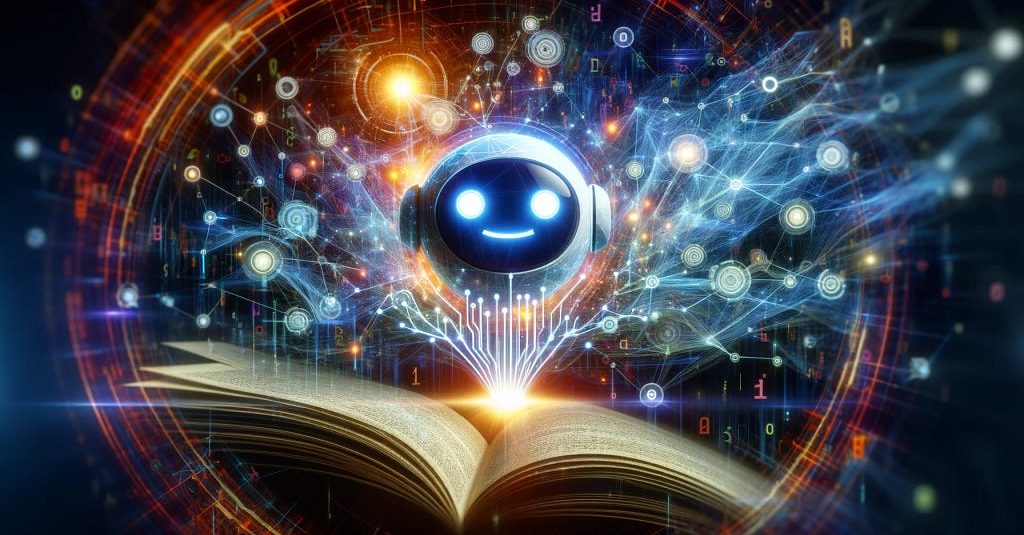
Extract and use knowledge graphs in your GenAI applications with the LLM Knowledge Graph Builder in just five minutes. Read more →

The Neo4j GraphRAG Ecosystem Tools make it easy to develop GenAI applications grounded with knowledge graphs. Read more →

Neo4j, LLM creators, RAG orchestrators, knowledge graph designers, researchers, and deep thinkers gathered in San Francisco Presidio to explore GenAI. Read more →

Learn how to ingest data from relational data into your Neo4j graph database automatically, by using the Neo4j Runway Python Library. Read more →

Learn how to explore and ingest your relational data into a Neo4j graph database in minutes with the Neo4j Runway Python Library. Read more →
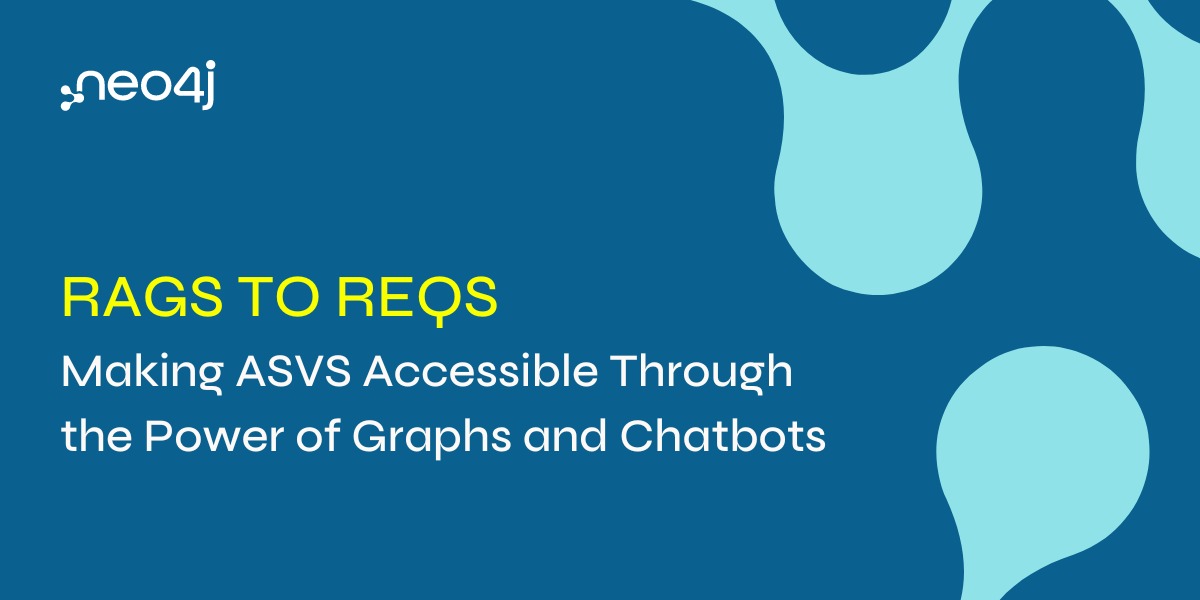
Discover how Neo4j and chatbots transform ASVS accessibility, enhancing application security with graphs and AI-driven insights. Read more →
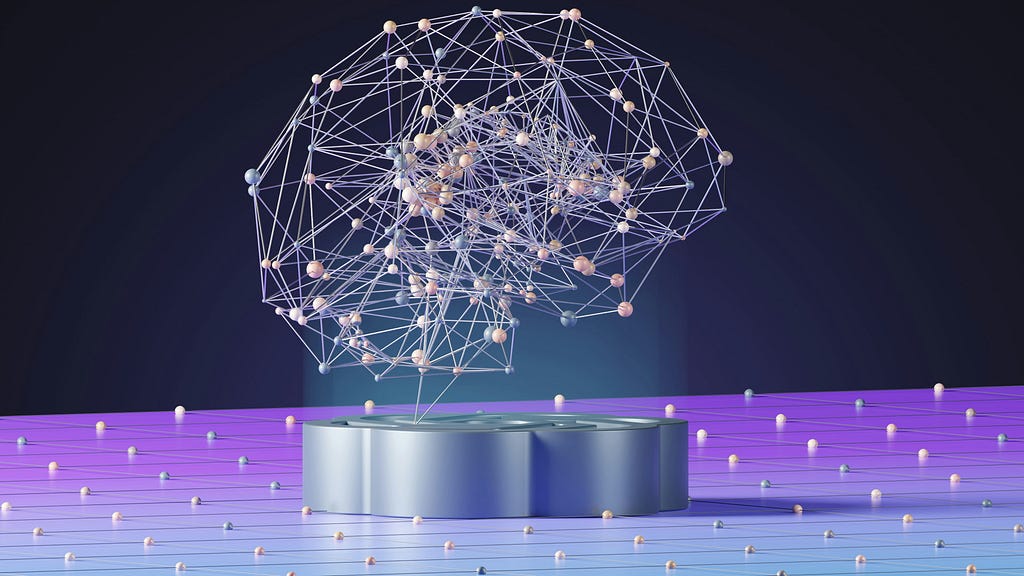
Photo by Growtika on UnsplashThere are so many options when it comes to languages, frameworks, and tools for building generative AI (GenAI) applications. When you are just getting started, these decisions and figuring out how to integrate everything can be overwhelming.My… Read more →

Learn how we build a context-rich chatbot to answer Mahabharata questions using knowledge graphs and retrieval-augmented generation (RAG). Read more →

Introducing the Neo4j LangChain Starter Kit for Python developers, which generates GenAI answers backed by data stored in a Neo4j Graph Database. Read more →

Part 2 of analyzing the Mahabharata's connections with knowledge graphs and building a chatbot using Google Gemini to answer questions. Read more →

Part 1 of analyzing the Mahabharata, an epic brimming with connections, using Neo4j graph database to uncover hidden relationships. Read more →

In the 27 episodes of our Going Meta livestream series, Jesús Barrasa and I explored the many aspects of semantics, ontologies, and knowledge graphs. Read more →

Learn how to create knowledge graphs easily by turning PDF documents into graph models using LlamaParse for better RAG applications. Read more →
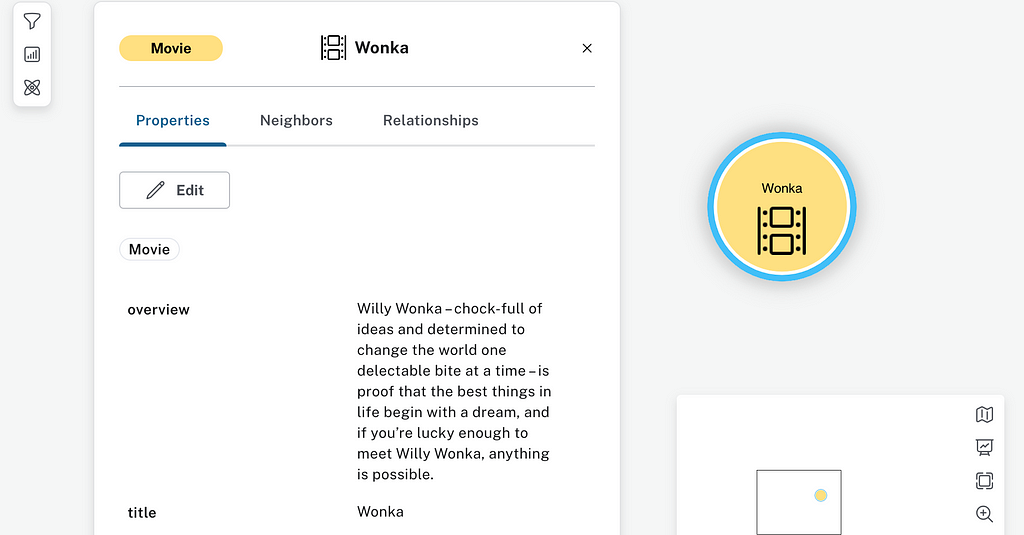
Learn how to extract topics from documents with graph data science and use them as the basis for semantic search for better RAG applications. Read more →

Optimizing vector retrieval with advanced graph-based metadata filtering techniques using LangChain and Neo4j. Read more →